verex
Well-Known Member
- Joined
- Feb 23, 2013
- Messages
- 45
- Reaction score
- 0
Hi everyone, this is my first topic on this forum.
My name is Damian and I'm from Poland - middle country in central Europe. I'm 17 and I am building rockets for 3 years in Polish Rocket Society. Sorry for my broken english, but I don't use this language everyday .
.
I would descript my first supersonic project. STREGA is my first aluminium rocket and I designed it for supersonic flights on M-class sugar motor. The rocket has 80mm diameter and I designed two concepts:
1. Subsonic - small J-class motor for subsonic test flights. The fins are TIG welded to the motor case on nozzle part. Fins were cut from 3.0mm EN AW 5754 aluminium plate.
2. Supersonic - large M-class motor for flight to 6 kilometers (19.685 ft). The fins (from 4.0mm EN AW 5754 aluminium plate) will be welded on 84mm EW AN 6060 other tube outside the motor.
Nosecone (6:1) was making from glass fibre and epoxy.
On board are:
- Altimax G2 SD altimeter
- UWS5-51 (something like DentaMag) - 1st chute deploy system
- GPS/GSM tracker
- sound locator
- camera (I don't have onboard video - chinese cameras don't like freeze )
)
I flew subsonic in 19th January. The apogee from simulate was about 800 meters high. But the weather was very difficult. Wind was blowing 25 km/h. My rocket had 0,5 calibre of stability (in subsonic version) on the launchpad and 0,8 calibre on 140 meters (crash height).
My rocket was overturned, which resulted of 1st chute deployment. After few second Altimax deployed main chute. Probably rocket was unstable .
.
The rocket landed nearby, so I didn't need GPS
Fotos: https://picasaweb.google.com/102508991714628546910/STREGASupersonic
Videos from launch:
1. https://www.youtube.com/watch?v=yLlW7M_JZJo
2. https://www.youtube.com/watch?v=utIef_-a2tM
But the rocket is in one part, so after turning new tube I would launch again
I'm actually turning M-class KNO3/Sorbitol motor. It will have 5,1 kg propellant in 8 beats grains.
Data from SRM:
Max thrust: 2371 N
It 5896 Ns
t 2,65 s
Isp 118,1
Class M225
In attachement is a project of aluminium&graphite nozzle. I haven't seen on this forum this solution.
I will paint the rocket next mounth.
I hope my english is good enough to understand this post .
.
Greetings,
Damian







My name is Damian and I'm from Poland - middle country in central Europe. I'm 17 and I am building rockets for 3 years in Polish Rocket Society. Sorry for my broken english, but I don't use this language everyday
I would descript my first supersonic project. STREGA is my first aluminium rocket and I designed it for supersonic flights on M-class sugar motor. The rocket has 80mm diameter and I designed two concepts:
1. Subsonic - small J-class motor for subsonic test flights. The fins are TIG welded to the motor case on nozzle part. Fins were cut from 3.0mm EN AW 5754 aluminium plate.
2. Supersonic - large M-class motor for flight to 6 kilometers (19.685 ft). The fins (from 4.0mm EN AW 5754 aluminium plate) will be welded on 84mm EW AN 6060 other tube outside the motor.
Nosecone (6:1) was making from glass fibre and epoxy.
On board are:
- Altimax G2 SD altimeter
- UWS5-51 (something like DentaMag) - 1st chute deploy system
- GPS/GSM tracker
- sound locator
- camera (I don't have onboard video - chinese cameras don't like freeze
I flew subsonic in 19th January. The apogee from simulate was about 800 meters high. But the weather was very difficult. Wind was blowing 25 km/h. My rocket had 0,5 calibre of stability (in subsonic version) on the launchpad and 0,8 calibre on 140 meters (crash height).
My rocket was overturned, which resulted of 1st chute deployment. After few second Altimax deployed main chute. Probably rocket was unstable
The rocket landed nearby, so I didn't need GPS

Fotos: https://picasaweb.google.com/102508991714628546910/STREGASupersonic
Videos from launch:
1. https://www.youtube.com/watch?v=yLlW7M_JZJo
2. https://www.youtube.com/watch?v=utIef_-a2tM
But the rocket is in one part, so after turning new tube I would launch again
I'm actually turning M-class KNO3/Sorbitol motor. It will have 5,1 kg propellant in 8 beats grains.
Data from SRM:
Max thrust: 2371 N
It 5896 Ns
t 2,65 s
Isp 118,1
Class M225
In attachement is a project of aluminium&graphite nozzle. I haven't seen on this forum this solution.
I will paint the rocket next mounth.
I hope my english is good enough to understand this post
Greetings,
Damian











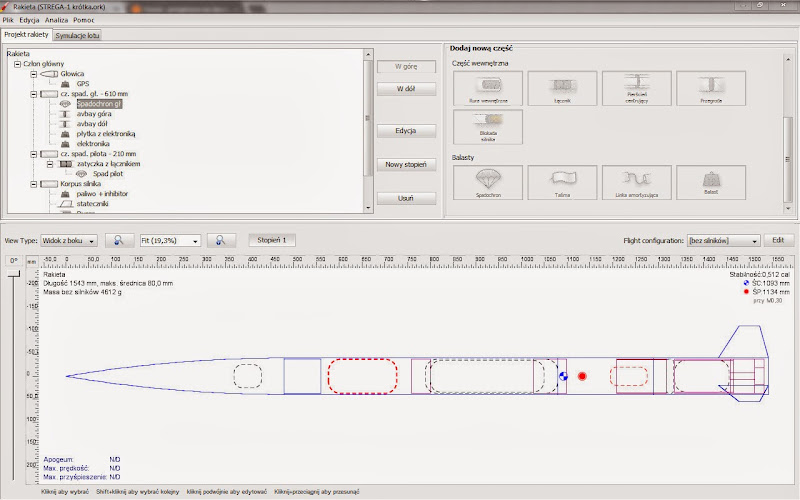

















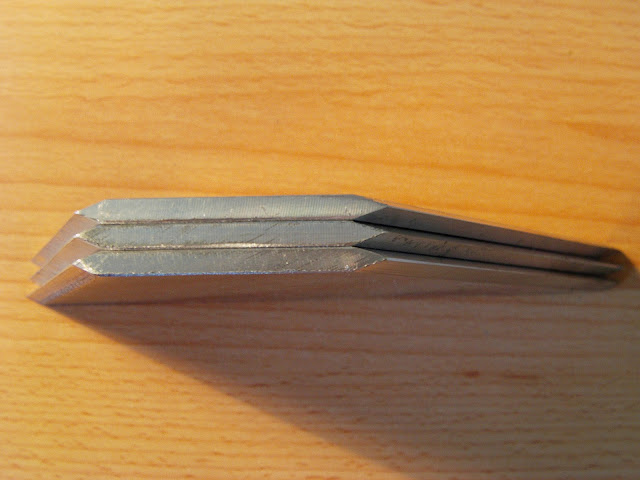
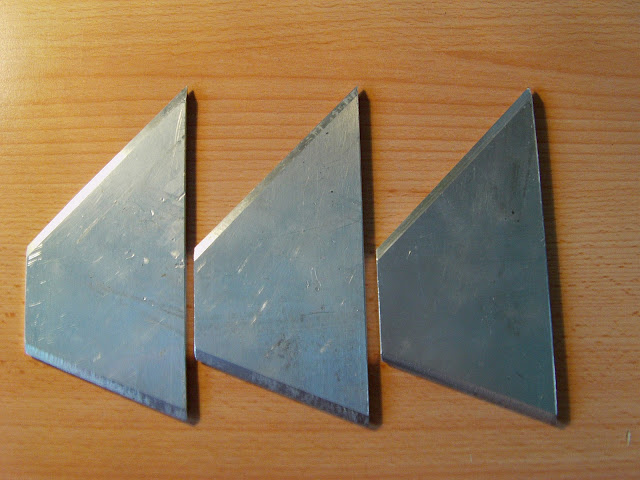
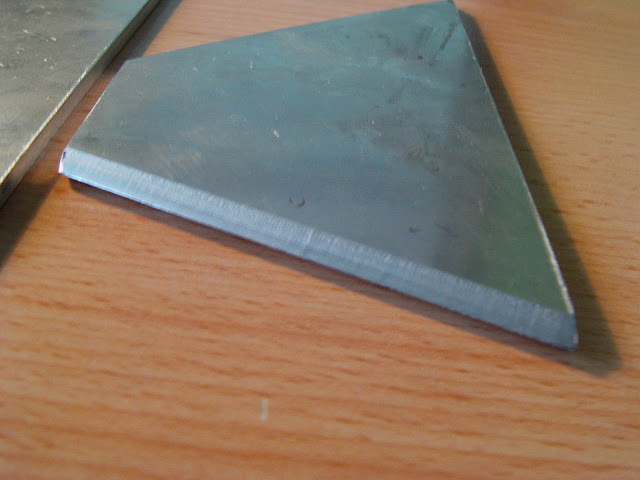
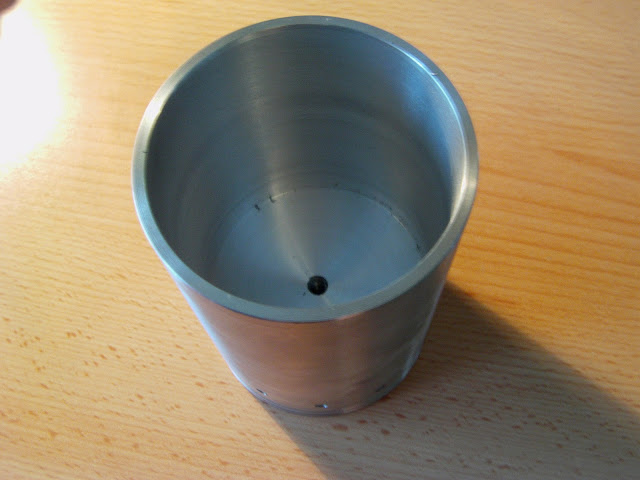
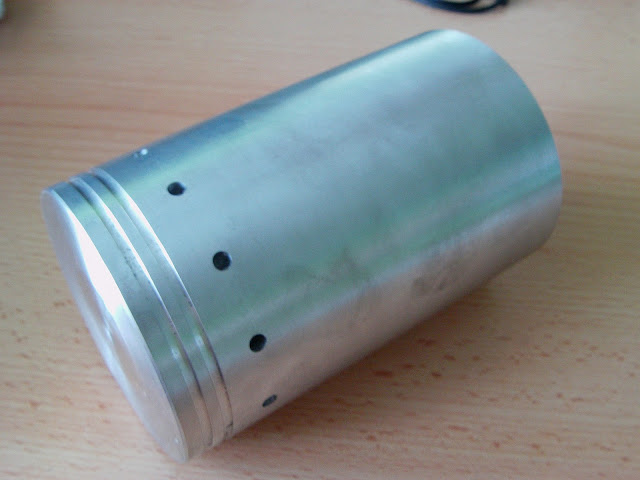
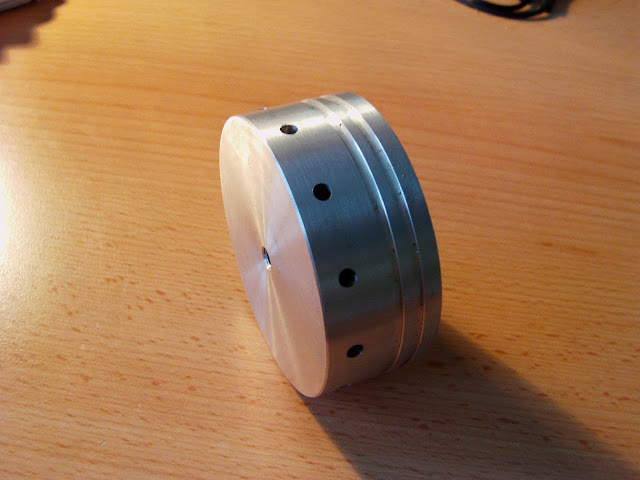
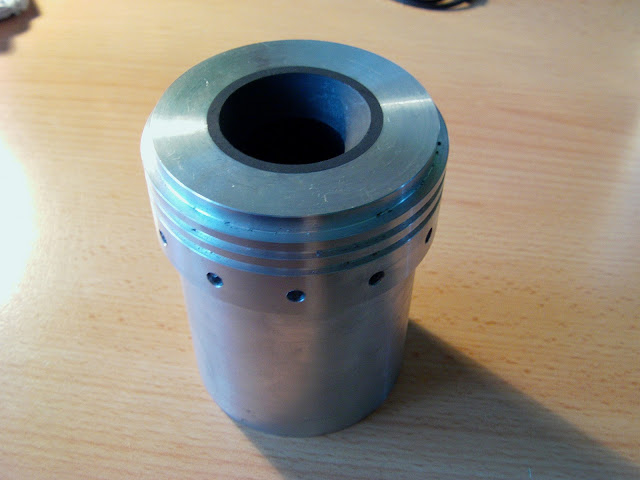
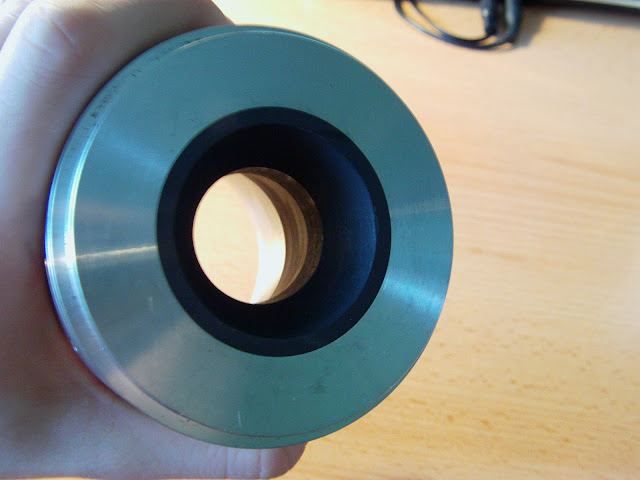
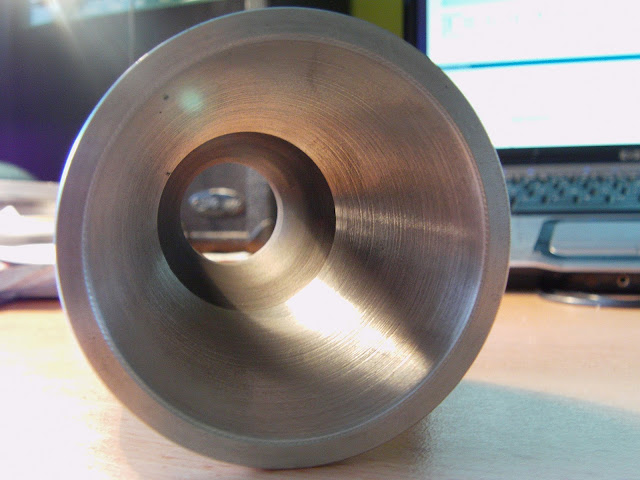
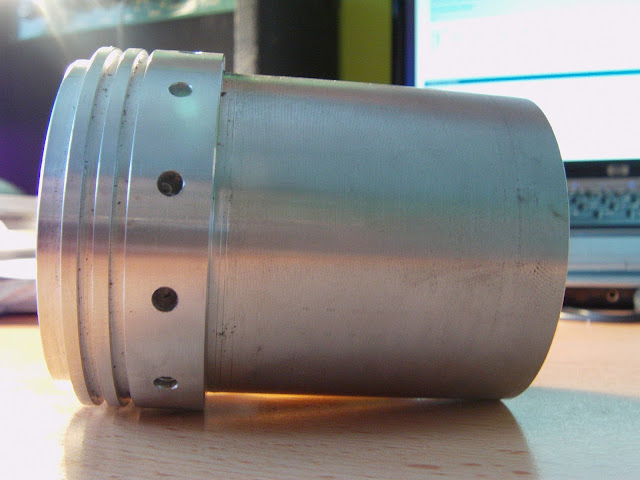
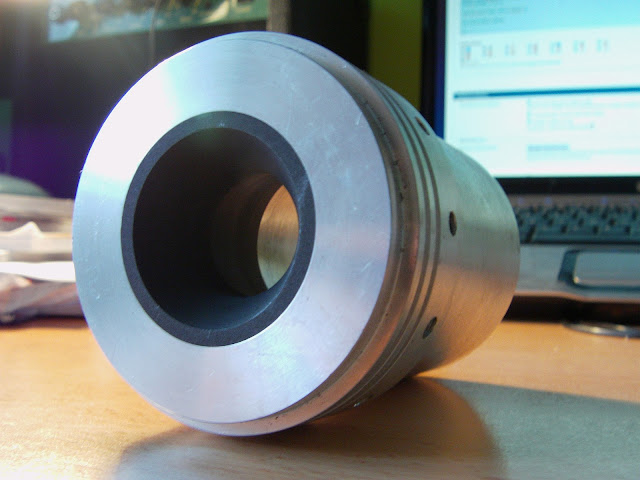


 :headbang: :wave:
:headbang: :wave:
